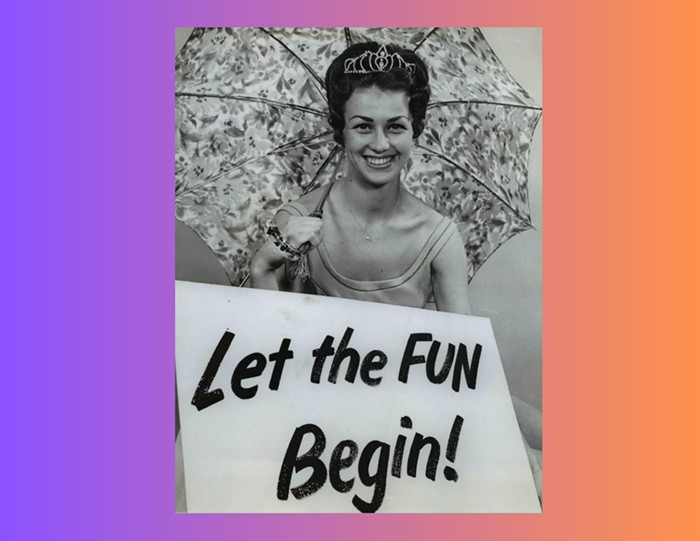The Astounding, the Amazing, and the Unknown is an enjoyable read, but a clumsy one. Paul Malmont's pastiche, wish-fulfillment fiction is well researched and respectful of its characters, but ultimately a little anticlimactic.
The reality-based premise is fairly awesome: During World War II, the Navy enlisted a special research unit of science-fiction writers to work on defense projects. Robert Heinlein, Isaac Asimov, and L. Sprague de Camp all worked together on developing weapons and gadgets—literally creating the future. At the time sci-fi was still relegated to the pulp ghetto, but writers like Asimov and de Camp knew a lot about actual science, and the military rolled the dice on their imaginations.
It's hard to say if it worked out or not. The most interesting parts of the book are the ones that leave you thinking, "Wait, did that really happen?" For the most part the answers are obvious; Malmont includes a list of his research, and a few quick Wikipedia searches confirmed some of the basic biographical facts. But the book becomes fun when it veers into ridiculous, particularly in the wild-card character of L. Ron Hubbard, portrayed here as a conceited, unhinged hedonist who is nevertheless highly capable and charismatic, if plagued by delusions of grandeur. As Hubbard is sent on a secret mission to an island where the natives ominously worship a volcano, Malmont generously plants the seeds of Scientology throughout this side story.
But that sort of easy storytelling is what makes the novel mediocre. Cameos by Walter Gibson, the Spider, Lester Dent, Ray Bradbury, and a young Kurt Vonnegut are fun but cheesy, and the story, full of vague intrigue and patches of excitement, kind of goes nowhere. There's a moral about the power of our imaginations versus mundane reality, but it's not explored enough to really make us feel better about anything (or even notice it, really). Still, there's a lot of pleasure in the telling, and genuine insight and affection in the characters.















